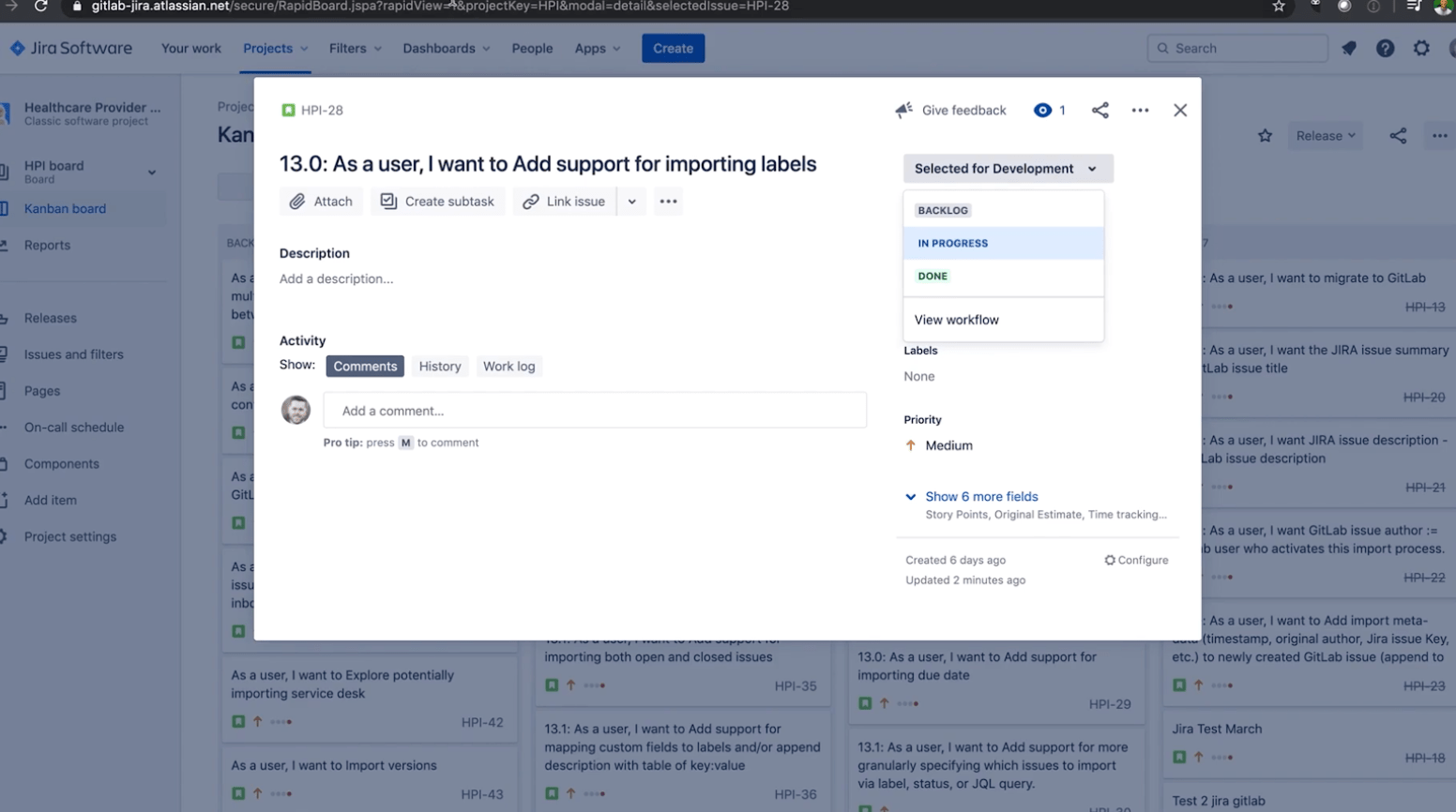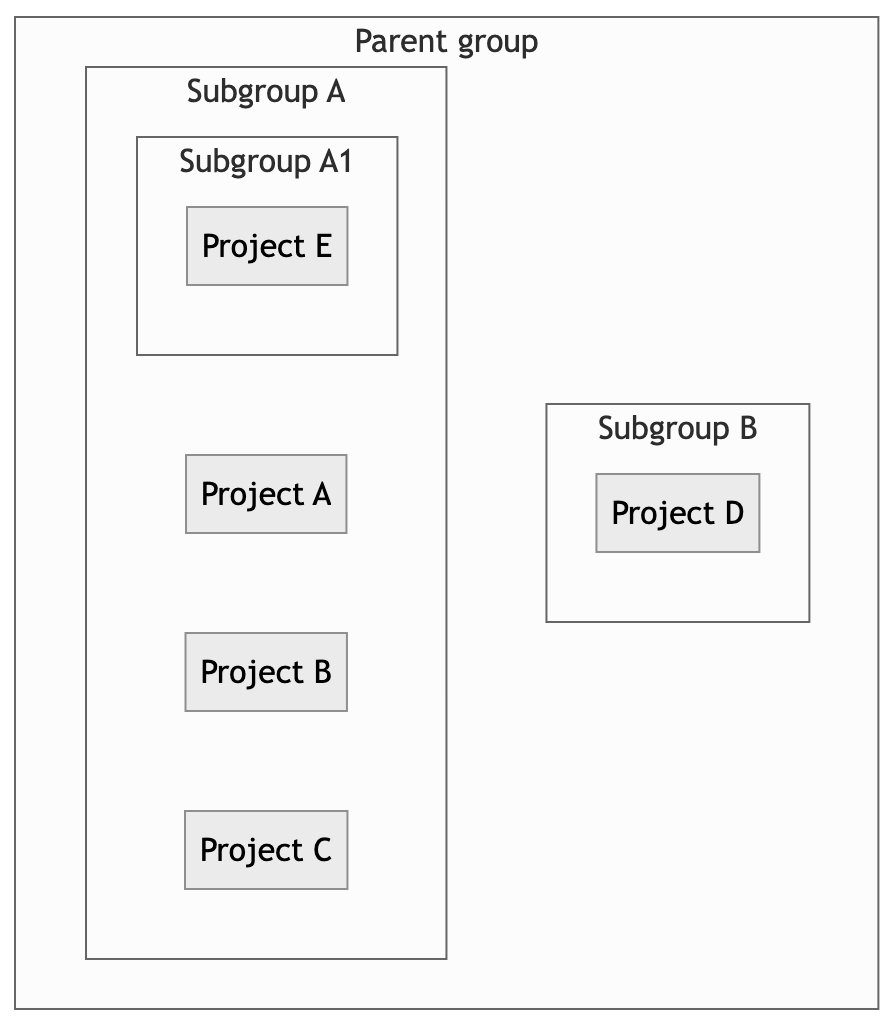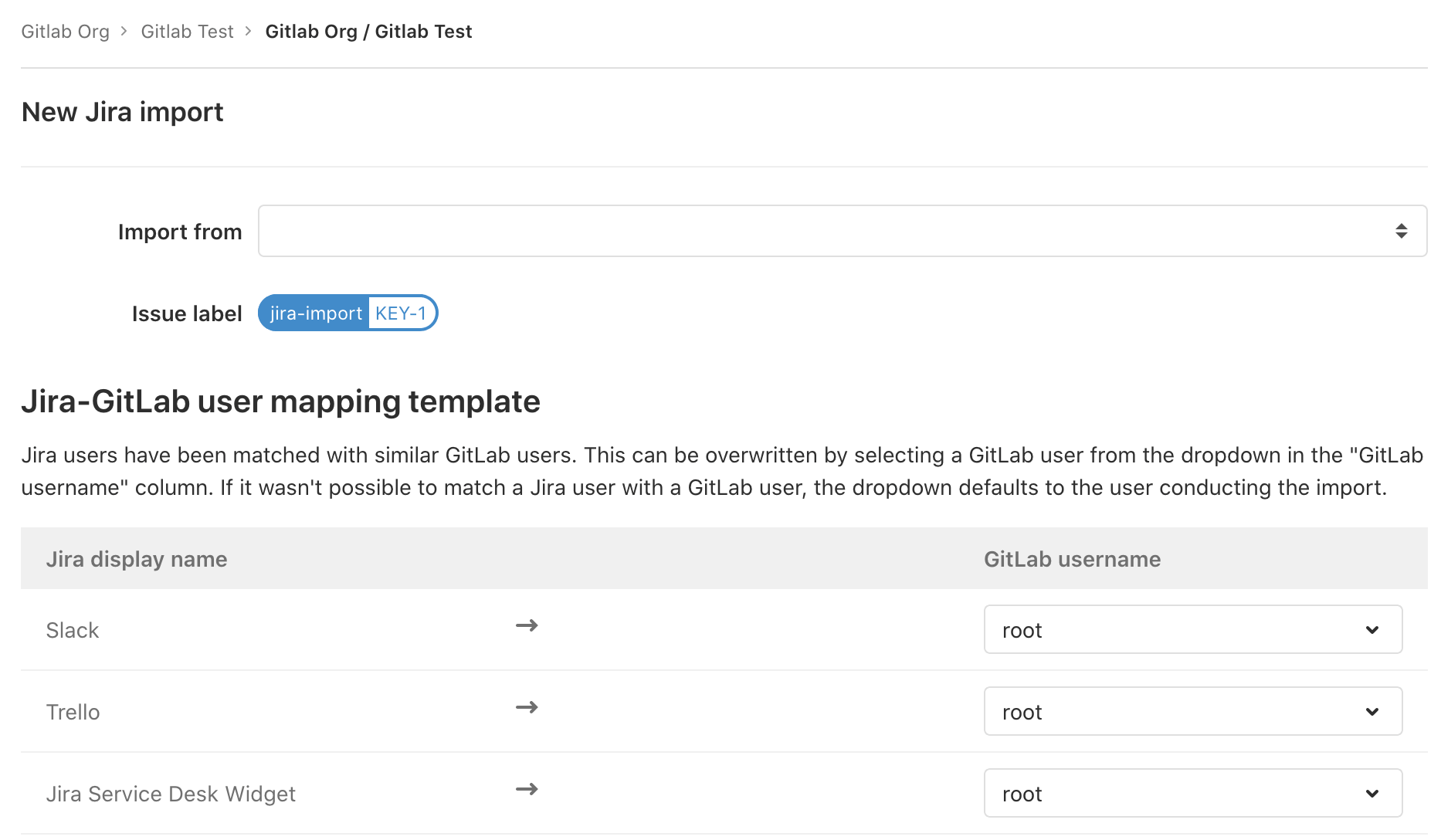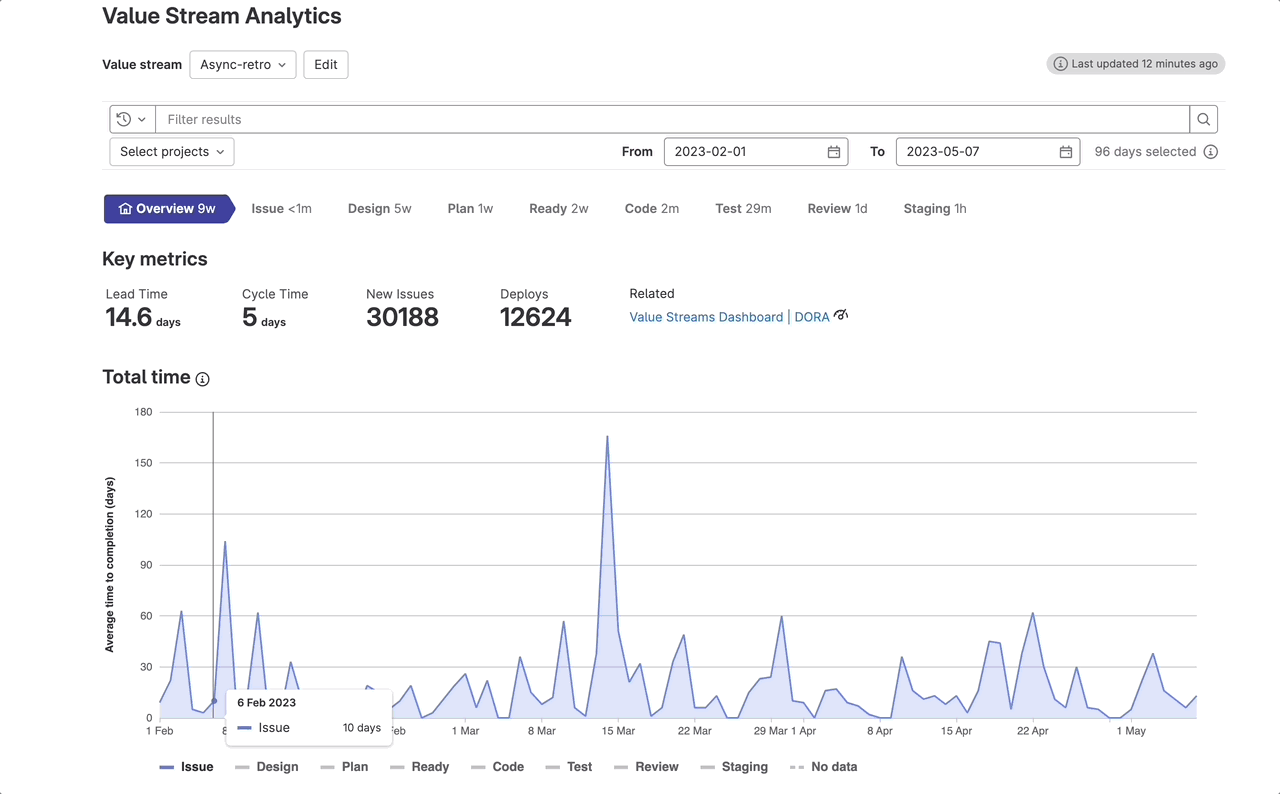Atlassian is ending support for all Server products in February 2024. Learn more about the benefits of migrating from Atlassian to GitLab here.
With the end of life of Jira Server approaching, many organizations are considering a migration from Jira to GitLab for Agile planning to streamline organizational processes. Moving your team to a new Agile planning tool can seem daunting, but this change is worth the effort. GitLab empowers your teams to collaborate seamlessly in a single DevSecOps platform, leading to increased delivery of user value. We have helped many customers of all sizes and Agile maturities transition to GitLab and are ready to help. In this blog, you'll find practical tips to help you in your journey migrating to GitLab for Agile planning.
Tips for your migration
Examine your Jira setup
Take the time to understand your current Jira setup — consider this an opportunity to simplify your configuration. Moving to a new Agile planning tool allows you to rethink processes and find ways to empower your teams to deliver software faster.
Start with an integration
The GitLab Jira integration allows you to see your Jira issues in GitLab. That way, you can retain Jira as your source of truth for Agile planning while you migrate other DevSecOps processes into GitLab. Your engineers will be able to stay within GitLab for their day-to-day work, and Product, Project, and Design team members can explore GitLab before transitioning. Easing your way into a new tool gives your users time to adjust to a new way of working.
 Issue View in Jira
Issue View in Jira
Plan your GitLab setup
Focusing on planning up front will save you time down the road and prevent unnecessary change management. GitLab has several key features that can greatly improve your experience and allow you to get the best value from your investment, including:
- Groups and projects: Jira doesn't allow you to create a hierarchy for containers of Agile planning work items. Groups and projects in GitLab unlock portfolio "team of teams" planning, permissions management, and data rollups. Consider how you want to roll up data and assign permissions when creating a group and project structure. We recommend creating a group to represent your team where you can manage epics, labels, and boards. Child projects under your team's groups can house your repositories and related issues.
- Labels: GitLab offers many ways to customize your experience based on labels. We recommend creating a set of scoped labels to represent statuses. We also often see users create scoped labels for work categorization, such as
bug,enhancement, ormaintentance. If you had a custom field for a value in Jira or you want to be able to filter or pull analytics by a specific attribute, just create a label for it in GitLab. - Milestones and iterations: Use milestones to longer-running planning, such as Releases or Program Increments in the Scaled Agile Framework® (SAFe®). This is typically a Fix Version in Jira. Iterations represent team sprints. In GitLab, you can view a burnup or burndown chart for both milestones and iterations.
 Use groups and projects to model your organizational hierarchy
Use groups and projects to model your organizational hierarchy
Determine the scope of your data migration
Migrating to a new tool is an opportunity to do some backlog clean up! When deciding what data to migrate, focus on what you'll need to successfully continue your team's work. Bringing large volumes of historical data to a new tool will increase the complexity and effort to migrate, and many times offers limited value. Historical data can remain in your Jira instance, or you can archive it so that it's accessible without migrating it into GitLab. Once you've narrowed down your dataset, use the Jira issue importer to migrate data into GitLab. Our REST and GraphQL APIs are available for those that want to build a more customized migration experience.
 Using GitLab Jira importer, you can import your Jira issues to GitLab.com or to your self-managed GitLab instance
Using GitLab Jira importer, you can import your Jira issues to GitLab.com or to your self-managed GitLab instance
Plan your migration timeline
In a typical organization, there will be different levels of proccess complexity and maturity within the teams migrating to GitLab. Run a pilot with a team that has a simple setup and is willing to provide feedback. This will allow you to smooth out potential problems, improve your configuration, and document best practices. We recommend planning for time in your schedule to iterate on your configuration.
Document and share best practices
Knowledge sharing is an important part of improving your process. Provide teams that are onboarding the opportunity to give feedback and share best practices. You can use GitLab wikis to serve as a central source of knowledge for your Agile planning process and to document best practices.
Monitor progress and improvements
After migrating to GitLab, your teams will unlock new analytics capabilties that allow you to track the flow of value across a value stream. As a result, you'll have the data you need to celebrate successes and learn from missteps. With Value Stream Analytics and the Value Stream Dashboard, you can monitor the positive effect of moving Agile planning workflows from a siloed tool to an integrated DevSecOps platform.
 Value Stream Analytics gives you an overview of the time spent at each stage of your DevSecOps workflow
Value Stream Analytics gives you an overview of the time spent at each stage of your DevSecOps workflow
Getting started
By following the tips outlined in this blog, you can help your migration be more efficient and maximize the potential of GitLab for your Agile needs. You can get started today with the the Jira issue importer. Once you've onboarded into GitLab, you can scale your Agile processes further with portfolio and value stream management.
Have questions about migrating from Jira to GitLab? We're here to help.



